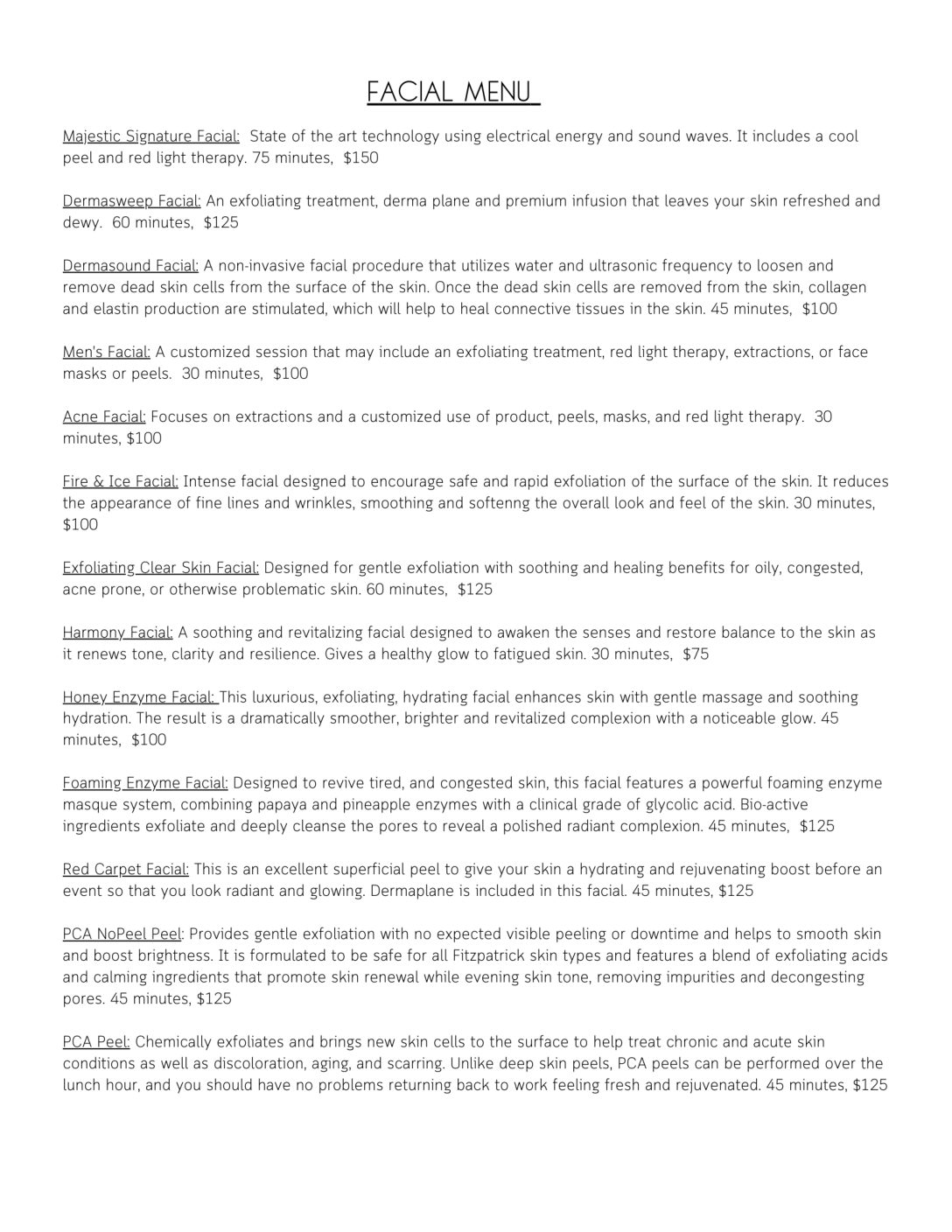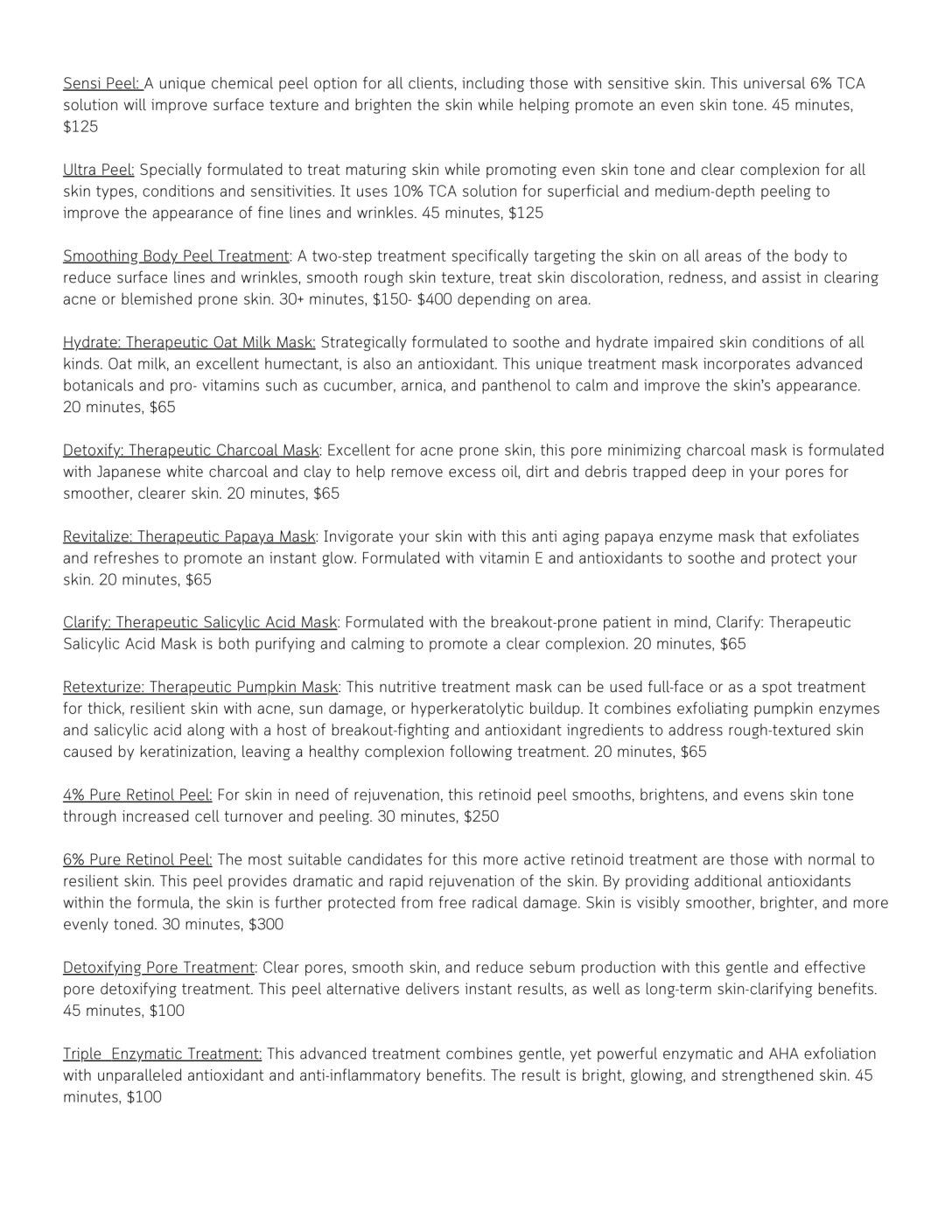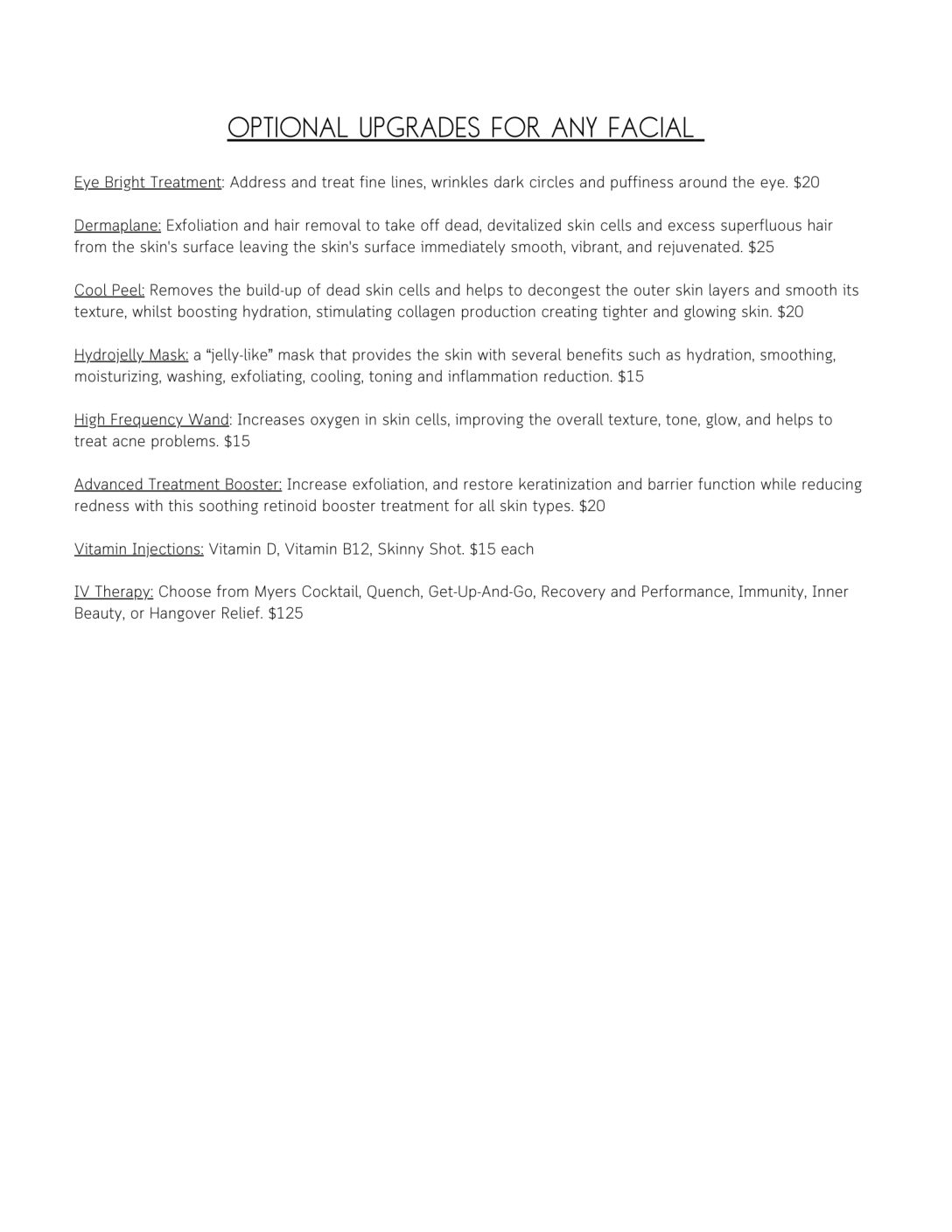Has also been found to be useful in treating hyperpigmented skin. Another important role for vitamin C is the restoration of inactivated vitamin E back into its antioxidant form.
Vitamin C is l-ascorbic acid and is naturally found in nature, while most animals have the ability to produce their own vitamin C, human beings do not produce vitamin C themselves and are totally reliant on the vitamin C they get in their diets. Vitamin C is a water-soluble vitamin and we do not have large stores of vitamin C in our body. If we don’t eat vitamin C then within about six weeks we develop the signs of deficiency of vitamin C, this is scurvy.
Vitamin C is normally deposited in the skin and is an essential part of the anti- oxidant brigade to protect skin against free radical assault from the atmosphere and from ultra violet light. It is a cytoplasmic antioxidant that is very sensitive to light and oxidation. Exposure to sunlight means that the normal levels of vitamin C in the skin will be lowered. The “antioxidant brigade” is therefore weakened and intra-cellular damage can occur. Vitamin C is regarded as one of the most important cell membrane antioxidants1 even though it is a water- soluble antioxidant. Vitamin C plays a very important in converting inactivated vitamin E back into an active anti-oxidant form of vitamin E. This is probably the reason why vitamin C has such an important role to play in the protection of cellular membranes even though it is a water-soluble product while cellular membranes are mainly composed of lipid molecules. Vitamin C is denatured in the skin by exposure to blue light and also to ultra violet light in the group A. As with vitamin A we probably develop a chronic deficiency of vitamin C in all the areas of skin that are exposed to sunlight.
Vitamin C seems to have some activity on DNA itself, and triggers mRNA 2 to stimulate the production of collagen. It also has an important role with a number of enzymes in the body. Therefore vitamin C has both an anti-oxidant activity and a metabolic activity.
Vitamin C in photoageing:
Vitamin C plays a potent role in diminishing the effects of free radical damage and in this role can be quite effective as a protectant from ultra violet light damage. The advantage of vitamin C over a sunscreen is that vitamin C can be absorbed into the cells and is generally still present about 30 – 36 hours after it
1 Farriol M; Mourelle M; Schwartz SEffect of vitamin C and vitamin E analog on aged fibroblasts. Rev Esp Fisiol, 50: 4, 1994 Dec, 253-7
2 Nusgens BV; Humbert P; Rougier A; Colige AC; Haftek M; Lambert CA; Richard A; Creidi P; Lapiere CM Topically applied vitamin C enhances the mRNA level of collagens I and III, their processing enzymes and tissue inhibitor of matrix metalloproteinase 1 in the human dermis. J Invest Dermatol 2001 Jun;116(6):853-
has been applied topically to the skin. It will, therefore, still give some sun protection even though the subject may have washed their skin or gone swimming. Patients have reported to me that they tend to tan less when they go skiing when they use a magnesium ascorbyl phosphate containing skin care range. As a result of this antioxidant activity we can expect that vitamin C can slow down photoageing.
Wrinkles:
Vitamin C is essential in collagen formation3 and plays a part in the incorporation of proline into collagen and is also involved in the formation of elastin. With a deficiency of vitamin C impaired collagen is created and the skin can become more wrinkled. The replacement of vitamin C boosts the manufacture collagen and so wrinkles can become less noticeable after using vitamin C. Post-menopausal women have impaired functional activity and make less collagen, which can be improved by ascorbic acid.
Pigmentation:
Vitamin C effects pigmentation in two ways:
- The creation of melanin is an oxidative process and so a powerful antioxidant like vitamin C could counteract the oxidative process required to create
- Ascorbic acid also has a role to play as an inhibitor tyrosinase. Tyrosinase is essential for the formation of melanin, so if it is inhibited then the action of pigmentation is reduced.
Magnesium ascorbyl phosphate 4 and ascorbyl tetra-isopalmitate are extremely effective in building up large stores within the cell of l-ascorbic acid and as a result are particularly potent for reducing melanin production. Ascorbyl tetra- isopalmitate is probably the most active form of vitamin C for topical application that we have today.
The use of vitamin in scars:
The use of vitamin C for scarring of the skin is a recent discovery. In this case the vitamin C has to be delivered in high dosage to the skin and as a result of that more collagen will be formed and normal collagen that is often found tethering scars will be replaced with normal collagen and the scars will fill up to a degree and become less noticeable. This process seems to be best effected with the use of iontophoresis.
Some abstracts:
3 Gessin JC; Brown LJ; Gordon JS; Berg RA Regulation of collagen synthesis in human dermal fibroblasts in contracted collagen gels by ascorbic acid, growth factors, and inhibitors of lipid peroxidation. Exp Cell Res, 206: 2, 1993 Jun, 283-90
4 Nishiyama S; Tagawa M; Murata T; Ohnuma T; Quigley J; Dorsky A; Bucks D; Blanock; K
Inhibitory effect of magnesium L-ascorbyl-2-phosphate (VC-PMG) on melanogenesis in vitro and in vivo. Kameyama K; Sakai C; Kondoh S; Yonemoto K; J Am Acad Dermatol, 34: 1, 1996 Jan, 29-33
Regulation of collagen synthesis in human dermal fibroblasts by the sodium and magnesium salts of ascorbyl-2-phosphate.
Geesin JC; Gordon JS; Berg RA
Address: Department of Biochemistry, University of Medicine and Dentistry of New Jersey, Robert Wood Johnson Medical School, Piscataway 08854.
Source: Skin Pharmacol, 6: 1, 1993, 65-71 Abstract:
Ascorbic acid has been shown to stimulate collagen synthesis in dermal fibroblasts by increasing the rate of transcription of collagen genes.
Experiments involving the use of ascorbic acid require daily supplementation due to the instability of the molecule in aqueous solutions. In order to provide a more stable alternative to ascorbic acid, two salts of ascorbyl-2-phosphate, having a greater chemical stability than ascorbic acid, were tested for their ability to stimulate collagen synthesis in monolayer fibroblast cultures. The concentration and time dependence of their activities were compared with ascorbic acid. The magnesium salt of ascorbyl-2-phosphate was found to be equivalent to ascorbic acid in stimulating collagen synthesis in these assays, while the sodium salt required at least a tenfold greater concentration to produce the same effect as ascorbic acid. Solutions of either ascorbic acid or the ascorbyl-2-phosphate analogs (at 10 mM) in phosphate-buffered saline (PBS) were relatively stable as shown by their decay rates and their ability to stimulate collagen synthesis even after nine days in solution prior to testing their effects on cultured cells. Ascorbic acid was unstable at neutral pH compared to solutions of either sodium or magnesium ascorbyl-2-phosphate.
These data support the use of magnesium ascorbyl-2-phosphate in experiments where stability of ascorbic acid is a concern, e.g. in long-term cultures or in in-vivo studies.
Inhibitory effect of magnesium L-ascorbyl-2-phosphate (VC-PMG) on melanogenesis in-vitro and in-vivo.
Author: Kameyama K; Sakai C; Kondoh S; Yonemoto K; Nishiyama S; Tagawa M; Murata T; Ohnuma T; Quigley J; Dorsky A; Bucks D; Blanock; K Address: Department of Dermatology, Kitasato University School of Medicine, Sagamihara, Japan.
Source: J Am Acad Dermatol, 34: 1, 1996 Jan, 29-33 Abstract:
BACKGROUND: An inhibitory effect of ascorbic acid (AsA) on melanogenesis has been described. However, AsA is quickly oxidized and decomposed in aqueous solution and thus is not generally useful as a de-pigmenting agent.
OBJECTIVE: Our purpose was to examine the effect on pigmentation of magnesium-L-ascorbyl-2-phosphate (VC-PMG), a stable derivative of AsA. METHODS: Percutaneous absorption of VC-PMG was examined in dermatomed human skin, and its effect on melanin production by mammalian tyrosinase and human melanoma cells in culture was also measured. A 10% VC-PMG cream was applied to the patients.
RESULTS: VC-PMG suppressed melanin formation by tyrosinase and melanoma cells. In situ experiments demonstrated that VC-PMG cream was
absorbed into the epidermis and that 1.6% remained 48 hours after application. The lightening effect was significant in 19 of 34 patients with chloasma or senile freckles and in 3 of 25 patients with normal skin.
CONCLUSION: VC-PMG is effective in reducing skin hyper pigmentation in some patients.
L-ascorbic acid 2-phosphate stimulates collagen accumulation, cell proliferation, and formation of a three-dimensional tissue like substance by skin fibroblasts.
Author: Hata R; Senoo H
Address: Department of Tissue Physiology, Tokyo Medical and Dental University, Japan.
Source: J Cell Physiol, 138: 1, 1989 Jan, 8-16 Abstract:
Proliferation of human skin fibroblasts was stimulated significantly by the presence of L-ascorbic acid 2-phosphate (Asc 2-P). The presence of Asc 2-P (0.1-1.0 mM) in the culture medium for 3 weeks enhanced the relative rate of collagen synthesis to total protein synthesis 2-fold as well as cell growth 4-fold. Coexistence of L-azetidine 2-carboxylic acid (AzC), an inhibitor of collagen synthesis, attenuated both effects of Asc 2-P in a dose-dependent manner.
Supplementation of the medium with Asc 2-P also accelerated procollagen processing to collagen and deposition of collagen in the cell layer. Among the acidic glycosaminoglycans (GAG), another major component of extra cellular matrix (ECM), deposition of sulfated forms was increased by the additive.
Electron microscopic observations showed multilayered, rough endoplasmic reticulum-rich cells surrounded by dense ECM. These results indicate that Asc 2-P is useful in culture systems as a long-acting vitamin C derivative and also that it promotes reorganization of a three-dimensional tissue like substance from skin fibroblasts in culture by stimulating collagen accumulation in the fibroblasts.
Epidermal growth factor inhibits transcription of type I collagen genes and production of type I collagen in cultured human skin fibroblasts in the presence and absence of L-ascorbic acid 2-phosphate, a long-acting vitamin C derivative.
Author: Kurata S; Hata R
Address: Department of Biochemical Genetics, Tokyo Medical and Dental University, Japan.
Source: J Biol Chem, 266: 15, 1991 May 25, 9997-10003
Abstract:
Recombinant human epidermal growth factor (EGF, 2-10 ng/ml) stimulated growth and production of non-collagenous proteins, but inhibited production of collagen by 60% in cultured human skin fibroblasts. Type analysis of the collagen produced indicated that inhibition of the collagen production observed was mainly a reflection of a reduction in type I collagen. The accumulation of pro alpha 1(I) and pro alpha 2(I) mRNAs and the transcriptional activity of these genes were determined in human skin fibroblasts in order to investigate site(s) of regulation of type I collagen production by human EGF in the absence and presence of L-ascorbic acid 2-phosphate (Asc 2-P), a long-acting vitamin C
derivative. Human EGF (10 ng/ml) used alone reduced the steady state levels of mRNAs for pro alpha 1(I) and pro alpha 2(I) chains and transcriptional activity of these genes in vitro by 45%.
Asc 2-P (0.2 mM) alone, on the other hand, raised production of type I collagen and the steady state levels of mRNAs for pro alpha 1(I) and pro alpha 2(I) collagen chains as well as stimulated transcriptional activity of these genes.
Human EGF attenuated these stimulative effects of Asc 2-P. These results indicate that human EGF regulates type I collagen synthesis at the transcriptional level in cultured fibroblasts in the presence and absence of Asc 2-P. The possibility that human EGF plays a role as a regulator of type I collagen genes in vivo was discussed.
Relationship between cell density and prolidase activity in human skin fibroblasts: effects of ascorbate and fructose.
Author: Myara I; Wolfrom C; Charpentier C; Gautier M; Lemonnier A Source: Biochimie, 66: 6, 1984 Jun, 445-9
Abstract:
To evaluate the influence of cell density on the activity of fibroblast prolidase (EC 3.4.13.9), we determined this activity in sparse and dense cultures. We also investigated, the effects of different concentrations of beta-D (-) fructose and L (+) ascorbate, which both increased cell density at confluency. For a fructose concentration of 25 mM, we observed that in the absence of glucose, intracellular total proteins increased 1.5-fold and prolidase specific activity, 1.8- fold. For ascorbate, a broad optimum concentration was found (range 0.01 –
0.50 mM). Addition to cultures of 0.1 mM ascorbate increased total proteins 1.4- fold, and doubled prolidase activity. This investigation was prompted by our previous results [J. Metab. Dis. 1983, 6, 27-31], confirmed here, and suggesting that increased prolidase activity at confluency was due to a rise in cell density.
Acute effects of near ultraviolet and visible light on the cutaneous antioxidant defense system.
Author: Fuchs J; Huflejt ME; Rothfuss LM; Wilson DS; Carcamo G; Packer L Source: Photochem Photobiol, 50: 6, 1989 Dec, 739-44
Abstract:
Reactive oxygen species are considered to play an important role in cutaneous pathology. Enzymic and non-enzymic antioxidants can prevent oxidative damage but may be overcome by strong pro-oxidative stimuli. The acute effect of a single exposure to near ultraviolet (UVA)/visible radiation (greater than 320 nm) on various skin antioxidants was examined in hairless mice immediately after irradiation. Impairment of cutaneous catalase and glutathione reductase activity was observed. Superoxide dismutase and glutathione peroxidase were not significantly influenced. Inhibition of catalase may render skin more susceptible to the damaging effects of hydrogen peroxide and its reaction products such as the hydroxyl radical. Partially diminished glutathione reductase activity is not accompanied by a change in reduced/oxidized glutathione level immediately after irradiation. There was a tendential (not
statistically significant) decrease in cutaneous tocopherol, ubiquinol + ubiquinone 9 and ascorbic acid levels, either indicating direct photo destruction or consumption by reaction products of photo oxidative stress. This partial impairment of the cutaneous antioxidant defense system by near ultraviolet/visible light, showing that the most susceptible component in skin is catalase, suggests possible pharmacological interventions.
Induction of collagen synthesis by ascorbic acid. A possible mechanism. Author: Pinnel SR; Murad S; Darr D
Address: Department of Medicine, Duke University Medical Center, Durham, NC.
Source: Arch Dermatol, 123: 12, 1987 Dec, 1684-6 Abstract:
L-Ascorbic acid stimulates procollagen synthesis in cultured human skin fibroblasts without appreciably altering noncollagen protein synthesis. The effect is unrelated to intracellular degradation of newly synthesized procollagen.
Levels of mRNA for pro alpha 1(I), pro alpha 2(I), and pro alpha 1(III), measured by hybridization with the corresponding cDNA probes, are elevated in the presence of ascorbic acid, whereas the level of mRNA for fibronectin is unchanged. Levels of functional mRNA for procollagen, measured in a cell-free translation assay, are specifically increased in the presence of
ascorbic acid. Thus, ascorbic acid appears to control the expression of three different procollagen genes, each of which is located on a separate chromosome. It is proposed that intracellularly accumulated procollagen in ascorbate deficiency may lead to a translational repression of procollagen synthesis. Ascorbic acid may relieve this block by promoting hydroxyproline formation and, consequently, secretion of procollagen from the cell. The increased level of procollagen mRNA under the influence of ascorbic acid may be secondary to increased synthesis of procollagen polypeptides; the control point may be gene transcription or mRNA degradation.
Regulation of collagen metabolism and cell growth by epidermal growth factor and ascorbate in cultured human skin fibroblasts [published erratum appears in Eur J Biochem 1988 Aug 15;175(3):679]
Author: Hata R; Sunada H; Arai K; Sato T; Ninomiya Y; Nagai Y; Senoo H Address: Department of Tissue Physiology, Tokyo Medical and Dental University, Japan.
Source: Eur J Biochem, 173: 2, 1988 Apr 15, 261-7 Abstract:
Epidermal growth factor (2-50 ng/ml), prepared from mouse submaxillary glands, stimulated growth and the synthesis of non-collagenous proteins and hyaluronic acid, but inhibited collagen synthesis in cultured human skin fibroblasts, both stimulation and inhibition being dose-dependent. All these effects may be intrinsic functions of the epidermal growth factor molecule, because these effects were cancelled by the co-presence of antiserum specific for epidermal growth factor and because they were also observed following the
addition of human epidermal growth factor produced urogastrone cDNA. On the other hand, L-ascorbate (vitamin C) stimulated growth and collagen synthesis, as well as synthesis of non-collagenous proteins, with no significant effect on hyaluronic acid synthesis. Co-presence of epidermal growth factor and ascorbate gave additive effects on growth and protein synthesis of the cells.
These results suggest that the two growth-promoting factors, epidermal growth factor and L-ascorbate, modulate metabolism of extracellular matrix components as well as cell growth in a quite different manner in human skin fibroblasts.






